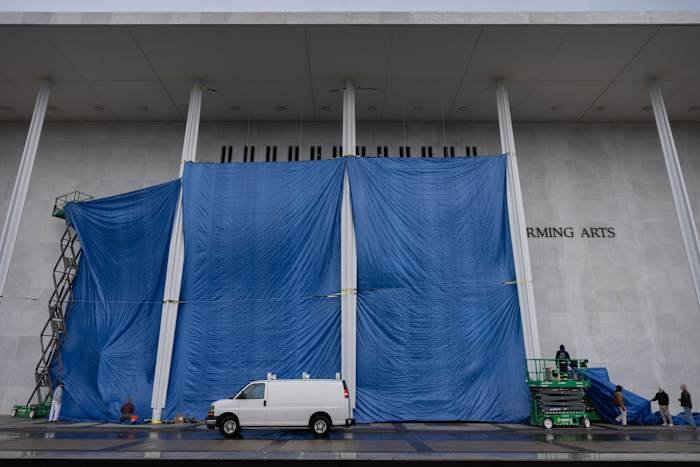Florida is well-known for its sun-soaked beaches, vibrant theme parks, and bustling cities like Orlando. But beyond the modern attractions lies a rich tapestry of history, woven together by centuries-old buildings and landmarks. Among these, one structure stands out above the rest—not just for its architectural beauty, but for its remarkable age. Welcome to the story of the oldest building in Florida. In this article, brought to you by Daily Orlando News, we’ll explore where this storied building came from, what makes it unique, and why it matters to residents and history enthusiasts in the Orlando area and beyond.
The Mysterious Journey of Florida’s Oldest Building
When most people think of ancient architecture in America, their minds may jump to the Northeast or Southwest. However, Florida is home to a building that dates back centuries, making it a true treasure of the Sunshine State. The structure in question is the González–Álvarez House, also known as “The Oldest House,” located in St. Augustine. St. Augustine itself is the oldest continuously inhabited European-established settlement in the continental United States, founded in 1565.
The González–Álvarez House was built in the early 1700s, with some parts believed to date back even earlier. Over the centuries, it has witnessed Spanish, British, and American rule, surviving hurricanes, wars, and the relentless march of time. Its endurance is a testament to the craftsmanship of its builders and the layers of history embedded within its coquina stone walls.
What Makes the González–Álvarez House Unique?
Unlike many historic homes, the González–Álvarez House is not just a relic—it’s an active museum, welcoming visitors to step back in time and experience centuries of Florida’s history firsthand. The house’s architecture is a blend of Spanish Colonial and British influences, reflecting the changing hands of power in Florida over the years. The thick coquina walls and deep-set windows were designed to keep the house cool during hot summers and to withstand the region’s sometimes harsh weather.
Inside, visitors find a carefully preserved interior, complete with period furnishings and artifacts that tell the story of the families who lived there. Guided tours offer a glimpse into daily life during the Spanish colonial period and the subsequent British occupation. It’s a living history lesson that resonates with Floridians, including those of us in Orlando, who can appreciate the state’s diverse cultural heritage.
Why Orlando Residents Should Care About This Historic Gem
While the González–Álvarez House may be located in St. Augustine, its significance reaches far beyond the city’s historic district. For Orlando residents, the preservation of such a landmark is a reminder of Florida’s shared heritage. Many Central Floridians make the short drive to St. Augustine for a weekend getaway, and visiting the oldest house provides a deeper connection to the state’s roots.
Moreover, Orlando’s rapid growth and development can sometimes overshadow the importance of protecting historic sites. The story of the González–Álvarez House is a valuable lesson in preservation, showing how communities can come together to safeguard their past for future generations. It also serves as inspiration for ongoing efforts to protect and celebrate Orlando’s own historic neighborhoods and landmarks.
Historic Buildings and Tourism: Boosting Florida’s Economy
Historic sites like the González–Álvarez House play a crucial role in Florida’s tourism industry. While Orlando’s theme parks draw millions of visitors each year, cultural tourism is an important and growing segment. Destinations like St. Augustine offer unique experiences that can’t be replicated elsewhere, attracting history buffs, school groups, and curious travelers from around the globe.
For Orlando businesses and residents, supporting historic preservation statewide means supporting the broader Florida economy. Many local tour companies, travel agencies, and educational organizations collaborate on trips to historic sites, creating opportunities for learning and economic growth. By celebrating Florida’s rich past, we enrich the present and ensure a bright future for all who call the Sunshine State home.
Preserving the Past: Lessons for Orlando and Beyond
As Orlando continues to expand and evolve, it’s essential to remember the importance of historic preservation. The González–Álvarez House stands as a shining example of what can be achieved when communities value their history. Whether you’re a lifelong Orlando resident or a recent arrival, exploring Florida’s oldest building can inspire you to look at our city’s own historic places with fresh eyes.
From the charming bungalows of College Park to the storied halls of Rollins College in neighboring Winter Park, Central Florida is dotted with buildings that have their own tales to tell. By supporting local preservation efforts and visiting historic sites statewide, Orlando residents play a vital role in keeping Florida’s history alive.
Conclusion: Step Into History and Share Your Thoughts
Florida’s oldest building, the González–Álvarez House, is more than just a structure—it’s a living testament to the resilience and diversity of our state’s people and cultures. Its story reaches across centuries, connecting all Floridians, including those of us here in Orlando, to a shared past filled with adventure, change, and hope.
Have you ever visited the González–Álvarez House or another historic site in Florida? Which Orlando-area landmarks do you think deserve more recognition? We’d love to hear your stories and thoughts! Leave a comment below and join the conversation about preserving and celebrating Florida’s incredible history.
















